“Is today a good day to die?”
This is the first line in Jennifer Niven’s new novel, All the Bright Places. Unfortunately, it does not get any lighter from there. This is an intense and big-hearted story of star-crossed teenage 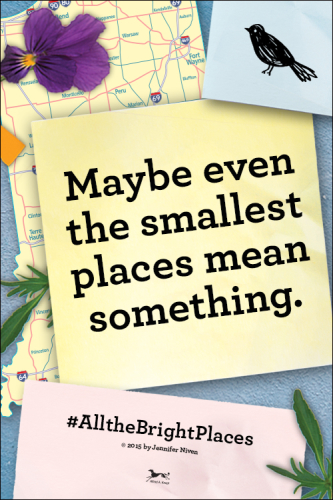 lovers, Finch and Violet, who have given up on the world, until they find each other. Students who gravitate toward (or, to put it more accurately, obsess over) books like Eleanor and Park or The Fault in our Stars will devour All the Bright Places.
lovers, Finch and Violet, who have given up on the world, until they find each other. Students who gravitate toward (or, to put it more accurately, obsess over) books like Eleanor and Park or The Fault in our Stars will devour All the Bright Places.
This is the first YA novel by Jennifer Niven, and she dives into the genre head first and makes a pretty big splash. Niven is savvy with social media and utilizes it here to great effect: the book comes with its own tumblr page, Instagram account, and blog, “Germ,” inspired by the book.
Despite a marketing campaign that strongly suggests otherwise, All the Bright Places is not a knock off of The Fault in Our Stars. Most similarities end as the book progresses. While there are many light-hearted moments throughout Fault, All the Bright Places never steers completely away from the serious and tragic. Between the two, Finch and Violet have every issue you can imagine: abusive parents, tragic sibling death and bulling. It is a lot to take in.
In the books opening moments, the characters meet as both are contemplating committing suicide by jumping off their high school’s bell tower. Finch notices Violet and instantly forgets his attempt to take his own life, and saves Violet’s. From there, the book follows the standard motif, with Finch performing romantic gestures in an attempt to win Violet’s heart until the two finally fall in love.
As their relationship becomes more serious, Finch’s behavior becomes more and more erratic. Even though Finch loves Violet, his suicidal thoughts are never far away. It’s that juxtaposition that may be hard for young readers to accept. “He is in love. She needs him. Isn’t that enough?” Finch feels that ending it all would be so much easier than to come to terms with his manic depression and possible bi-polar disorder. He tells Violet he is not “a problem. Not a diagnosis. Not an illness. Not something to be rescued. I’m a person.” This stigma is all too real for many teenagers and adults.
What stood out for me in All the Bright Places is its honest and tragically blunt look at teen mental illness. I was nervous that including this topic in a YA romance may give young readers the idea that there is something poetic and glamorous in suicide. Instead, Jennifer Niven manages to turn this tough subject into an important point of discussion. The way she writes about mental illness and suicide will stay with me long after the Finch and Violet love story. In her author’s notes at the end of the book, Niven writes, “I lost my friend to suicide a year before I lost my father to cancer. They were both ill at the same time, and they died within fourteen months of each other, but the reaction to their illnesses and deaths could not have been more different. People rarely bring flowers to a suicide.”
There is currently a lot of buzz over All the Bright Places. The movie rights sold 6 months before it was even published. I am sure the book will fly off any classroom library bookshelf for its dreamy guitar-god bad boy Finch, and the adorable love story, but I think it is important to also look at the book as a conversation starter about the reality of mental illness.
*All the Bright Places has been nominated for a Scout Award,  an internal Booksource award. Booksource will nominate books throughout the year and then ask readers to vote on their favorites to determine the winners. The Scout Award is named in honor of the main character of Booksource’s most popular title, To Kill a Mockingbird. Read more about the awards here.
an internal Booksource award. Booksource will nominate books throughout the year and then ask readers to vote on their favorites to determine the winners. The Scout Award is named in honor of the main character of Booksource’s most popular title, To Kill a Mockingbird. Read more about the awards here.


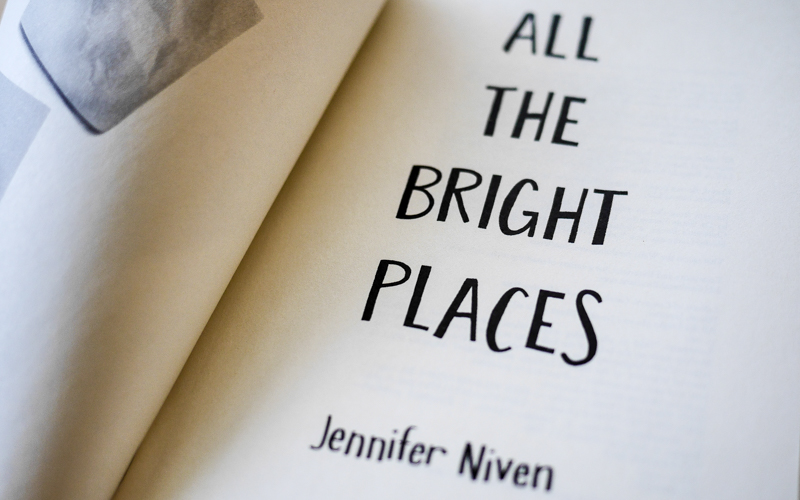
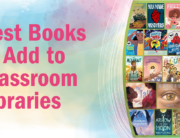
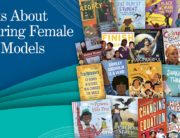
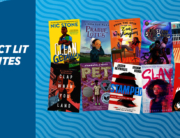
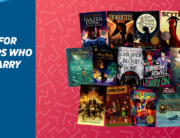
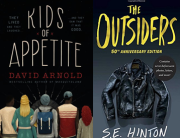
Nicely put. I wholeheartedly agree! It’s a challenge to integrate mental illness, with its many socially preconceived notions and misconceptions and sadly taboo status, into story. Jennifer Niven does it so beautifully. It’s simultaneously devastating and inspiring, which is a nearly impossible balancing act to pull off. As someone who suffers from depression, and with schizophrenia and mental illness in my family, this book hit me so hard. My wife and I read it in a week, bawled uncontrollably, and then had Jennifer on our podcast! She’s such a delightful and lovely human. Hope you can check it out!
Here >> http://www.joysandwich.com/episodes/pasadena-loves-ya-jennifer-niven
Thanks for writing 😀
Non